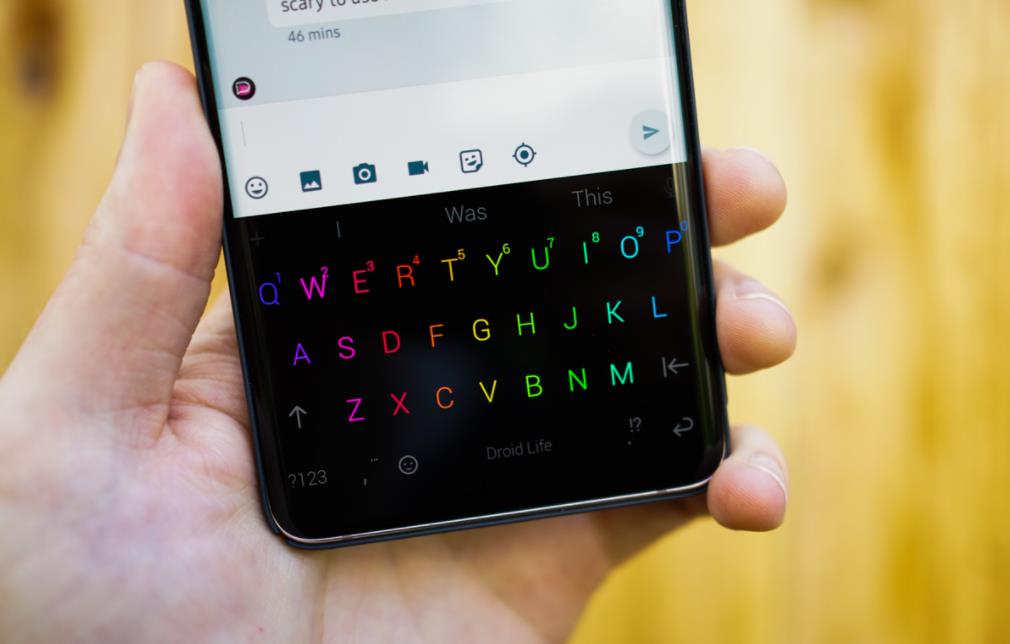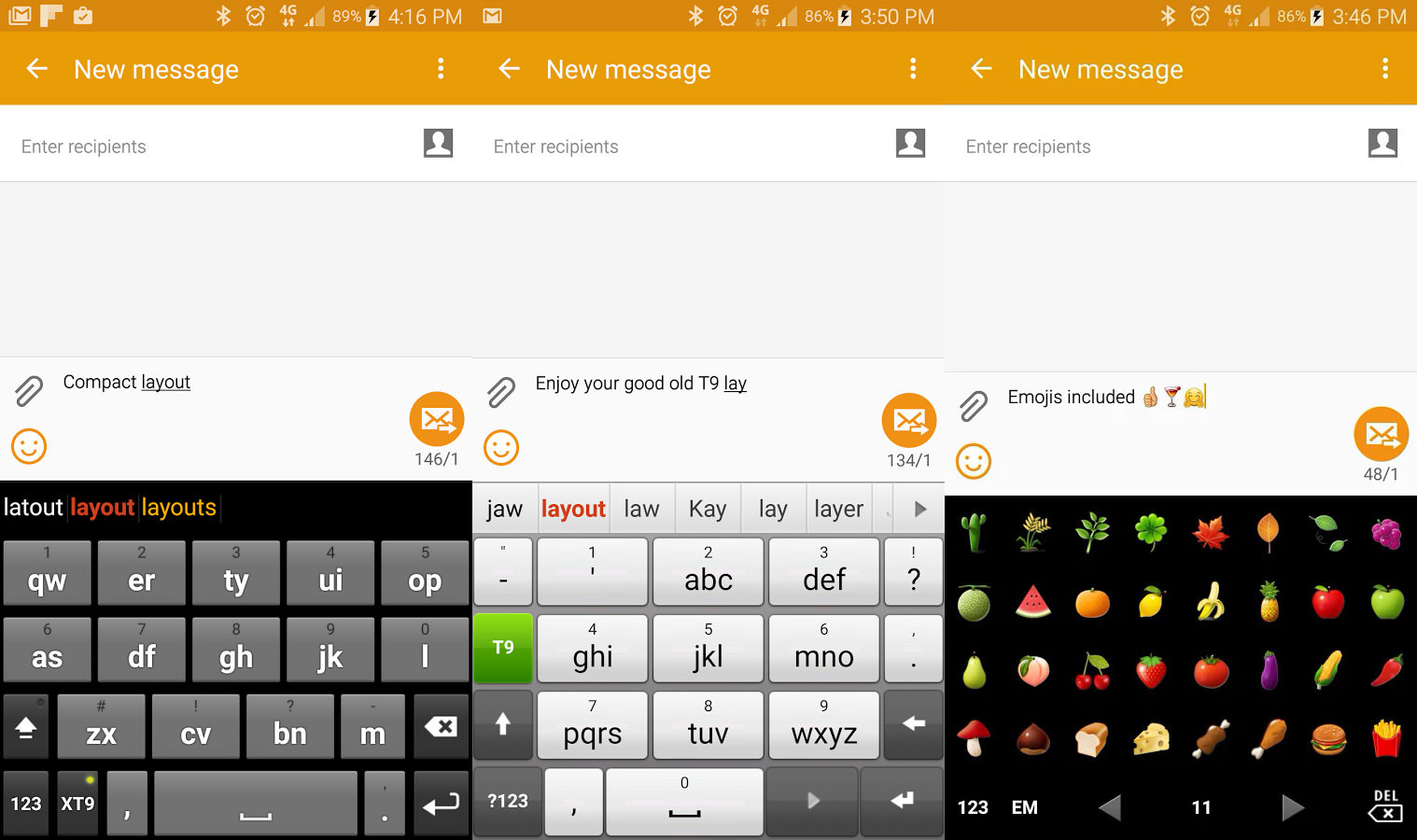
While there is some truth to the explanation, it’s still riddled with factual errors and the hand’s reach argument was weak. So, it would make sense to keep that number at the very bottom to ensure it was within hand’s reach (Durant, 2011). Think about it, the currencies used in that time meant the number 0 was often the most pressed key. Theories include the suggestion that the calculator was based on the cash register design. However, these “ideas” still don’t provide an explanation as to why modern calculators use the reverse 9–0 arrangement. This interface that allows users to focus on the input without the need to operate the bare mechanisms such as the Pascaline or array of Arithmometers that use drums, clocks and unfriendly levers (Dalakov, 2018). Still, White’s machine, even if it was a proof of concept, could certainly be regarded as the earliest example of modern “direct-manipulation” interface. Neither one stood up to the test of time, nor no proof was given that they weren’t just fantasy (Durant, 2011). In 1822, author James White’s New Century of Inventions showed a key-based device with nine numeric keys. In 1834, Luigi Torchi reportedly showed a prototype of a wooden calculator, with a design similar to the typewriter. In all fairness, though, we have to mention two predecessors that could claim they invented the key-based interface. This machine used the first numerical keyboard with a single row of keys that increased from 1 to 9 (Dalakov, 2018). However, it wasn’t until 1844 that a Frenchman by the name of Jean-Baptiste Schwilguć came up with the first working prototype of a key-driven calculator machine. Some inventors had already begun experimenting with machines similar to pianos in the late 18th century. The keyboard came about sometime between the first and second industrial revolutions (from 1820 to 1920). Looking at the key arrangement, I was curious to learn when the system of using keys was introduced in the history of machines.

Which device was invented first? Which keypad influenced the other? Most importantly, who invented the keypad in the first place? Typewriters, Cash Registers, and Calculators

With no clear explanation, I knew history and the evolution of these devices would provide the answer. Some people may theorize it’s ergonomics. Maybe it’s due to a patent battle between the inventors. Common sense suggests the reason should be technological constraints. There’s no logical reason for the inversion if a user operates the interface in the same way.

Subtle, but puzzling since they serve the same functional goal - input numbers. Telephone (left) and calculator (right) keypads


 0 kommentar(er)
0 kommentar(er)
